Learn how to determine what is healthy food vs junk food by understanding some of the worst chemicals in our foods. Find out how to read ingredient labels, ingredients to avoid, and tips on eating healthier.
This is a tricky subject matter because there is literally thousands of ingredients in our food that are horrible for our bodies. More than 2,500 chemical substances are intentionally added to foods to modify flavor, color, stability, texture, or cost (NCBI). In addition, an estimated 12,000 substances are used in such a way that they may unintentionally enter the food supply (NCBI). This could be pesticides, arsenic, metals, food-packaging materials, mycotoxins (mold growth), and more.
Harmful Food Ingredients Banned in Other Countries, But Allowed in America
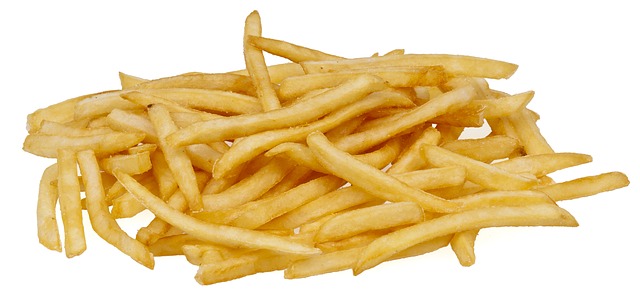 Did you know food brands and fast food restaurants actually add excess chemicals into American foods and leave them out in foods in Europe?
Did you know food brands and fast food restaurants actually add excess chemicals into American foods and leave them out in foods in Europe?
In the United States Betty Crocker products contain seven ingredients that the UK version does not include (corn syrup, modified corn starch, partially hydrogenated soybean/cotton seed oil, propylene glycol, Red 40, cellulose gum, and artificial flavor). There is six extra ingredients added to Mcdonald’s french fries in the U.S., but are not in Mcdonald’s fries in the UK. Read more on that here.
YES, in the U.S. we have extra crap ingredients literally banned in other countries!
Here are Some of the Most Popular Ingredients Banned in Other Countries, BUT Allowed in America:
BHA and BHT – They are used as food preservatives. They are often found in butter, breakfast cereals, baked goods, beer, cake mixes, potato chips, nuts, and chewing gum. BHA and BHT can disrupt the function of hormones which can cause disease. They are considered carcinogens and endocrine disruptors.
Foods Found in Soft Drinks & Many More Foods
Synthetic Food Dyes (Red 40, Yellow 5, etc.) – Food dyes are especially common in baked goods, sports drinks, and candy. They are also in things like pickles, yogurt, and ice cream. You can find them in all kinds of food. Often they are used to make food look prettier. Typically, they are made from petroleum, which is used to make gasoline, diesel fuel, and asphalt. Yummy! They are linked to tumors, ADHD, and cancer.
Brominated Vegetable Oil (BVO) – It was originally used as a flame retardant, and is now in sports drinks and soda. It can lead to memory loss. Bromine also competes with iodine for receptor sites in the body, which can increase risk for iodine deficiency, autoimmune disease, and even certain cancers (Robbins, 2019).
Propylparaben – It is found in soft drinks, sauces, beers, jams, tortillas, muffins, trail mix, processed vegetables, frozen dairy products, flavored syrups, pies, and more. A paraben is considered an endocrine-disrupting chemical and is linked to breast cancer. They can also lead to development and reproductive problems. View what the research says on Pubmed.gov, a government site, that’s right.
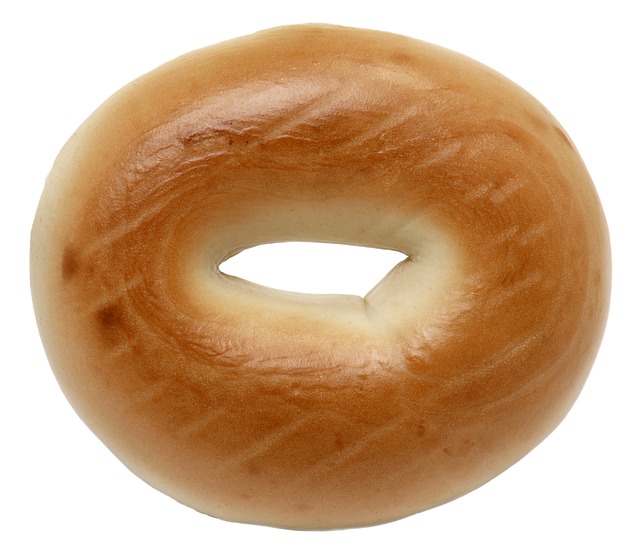
Do you know what is in your bread products?
Mostly Found in Bread and Flour Products
Azodicarbonamide (ADA) – Foods containing this ingredient include a lot of flour products such as bagels, tortillas, pizza, pastries, hamburger/hot dog buns, and of course bread. ADA can cause respiratory health conditions such as asthma and other allergies.
Dough Conditioners (potassium bromate) – It is used in dough to make bread. Foods containing this ingredient include a lot of bread products such as bagels, tortillas, pizza, pastries, hamburger/hot dog buns, pastries, and of course bread. This ingredient is banned in over 5 countries. Potassium Bromate may be a CARCINOGEN in humans since it has been shown to cause kidney, thyroid, and gastrointestinal cancer in animals (NJ.gov). Dough conditioners can also cause respiratory issues such as asthma.
These are Mostly Found in Dairy
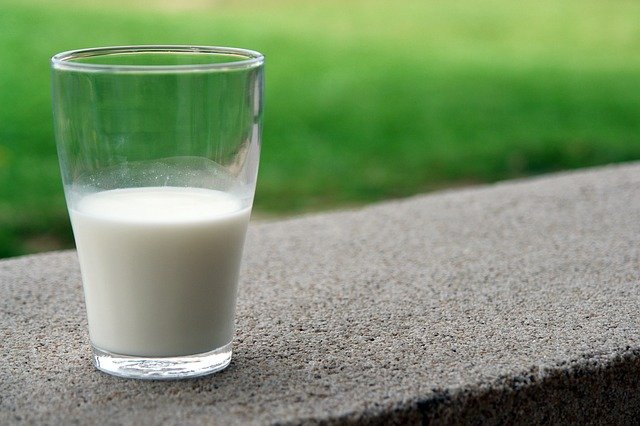 Carrageenan – It is often found in dairy products such as all different types of milk, ice cream, creamers, and cottage cheese. Carrageenan is linked to inflammation, bloating, IBS, IBD, colon cancer, food allergies, and glucose intolerance.
Carrageenan – It is often found in dairy products such as all different types of milk, ice cream, creamers, and cottage cheese. Carrageenan is linked to inflammation, bloating, IBS, IBD, colon cancer, food allergies, and glucose intolerance.
Synthetic Hormones – As I mentioned in my Truth About Milk blog, artificial growth hormones rbST or rBGH is injected into cows to increase milk production. They can cause infections in cows which require the use of antibiotics. You are exposed to antibiotics through the milk. There is also a possible risk of cancer.
Mainly Found in Crops
GMOs – FDA scientists had repeatedly warned that GM foods can create unpredictable, hard-to-detect side effects, including allergies, toxins, new diseases, and nutritional problems (Institute for Responsible Technology). More info. on GMO’s as you read.
Herbicides, Insecticides, Fungicides – These are found on crops. The U.S. allows a lot of pesticides other countries have banned. They can cause endocrine-disrupting effects, reproductive toxicity, and cancer. The world-wide deaths and chronic diseases due to pesticide poisoning number about 1 million per year (NCBI). This is typically people who work directly with the pesticides such as farmers and production workers. However, this shows they are very toxic to our health. So, choosing organic fruits and vegetables is worth it if you can afford to. I cover this in my blog When is Organic Really Worth it?, where I mention utilizing the Dirty Dozen list.
Lastly,
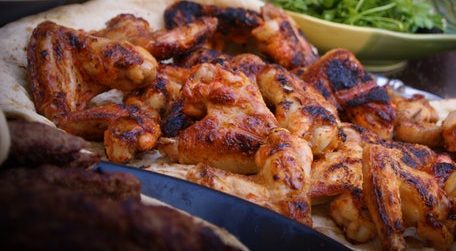 Chlorine-washed poultry – Chicken is often washed in chlorine to kill bacteria. This doesn’t sit well with me – I had too much chlorine in my body at one point with no idea as to why. Research from Southampton University found that disease-causing bacteria like listeria and salmonella ‘remain active’ after chlorine washing (Soil Association).
Chlorine-washed poultry – Chicken is often washed in chlorine to kill bacteria. This doesn’t sit well with me – I had too much chlorine in my body at one point with no idea as to why. Research from Southampton University found that disease-causing bacteria like listeria and salmonella ‘remain active’ after chlorine washing (Soil Association).
Olestra – It is a common ingredient in french fries and potato chips. Olestra is linked to digestive problems including leaky bowels, bloating, cramping, and diarrhea. It can also cause vitamin deficiencies.
This is obviously a lot of things to look at on labels. If you are just making better choices with the products you choose, you won’t run into these things as much.
What Can We Do to Avoid Toxic Chemicals in Food?
Eat More Whole Foods and Organic Foods
As I’ve mentioned in previous blogs, eat more whole foods! Whole foods are foods that are just one ingredient such as chicken, steak, pork, fish, potatoes, rice, vegetables, fruits, nuts, etc. Eat foods that are fresh vs packaged. Also, choose organic foods. As I discussed in my blog Organic vs Natural, foods that are certified organic are typically better for you. They have to meet a list of strict qualifications to be labeled as such. However, there are exceptions to this rule, many prepackaged foods are organic, but may have ridiculously high sugar or just unhealthy ingredients in general.
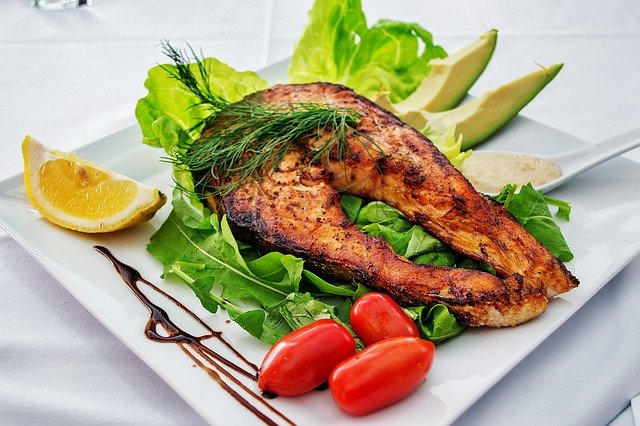 The healthiest foods you can eat are actually organic, whole foods. So visit the organic aisle of your local grocery store, if you are lucky enough to have one. You might be surprised by all the yummy options! I have found great substitutes for the chips I used to eat with msg, cookies we used to eat with high fructose corn syrup, and so much more! I don’t even miss the overly chemical filled versions of these foods.
The healthiest foods you can eat are actually organic, whole foods. So visit the organic aisle of your local grocery store, if you are lucky enough to have one. You might be surprised by all the yummy options! I have found great substitutes for the chips I used to eat with msg, cookies we used to eat with high fructose corn syrup, and so much more! I don’t even miss the overly chemical filled versions of these foods.
But who wants to eat only organic, whole foods? What fun is that? That’s why we must pay attention to food labels!
Reading and Decoding Food Labels
It is challenging to list all of the things to avoid, as there are many! Additionally, many foods come with lots of different names, sugar for example, has around 50 different names.
Here are some major things to pay attention to when reading labels in addition to using the list above.
Choose Foods with Minimal Ingredients
This is rule #1! The less ingredients it has, usually means the less chemicals you are going to be exposed to. Aim for around 7 ingredients or less for most food (no science to that number, just giving you an idea of what is a lot. Over 15 is a lot). When the ingredients start to sound like a science experiment with lots of hard to pronounce names, it is best to put it right back on the shelf.
Avoid Low Fat and Fat Free Foods
Full fat provides more nutrients, makes you full faster, and is associated with less risk of obesity. Although full fat is ultimately better for you, it is still necessary to pay attention to how much you consume.
Avoid Name Brand Foods
Seriously, the brands that are very commercialized typically have the most harmful ingredients.
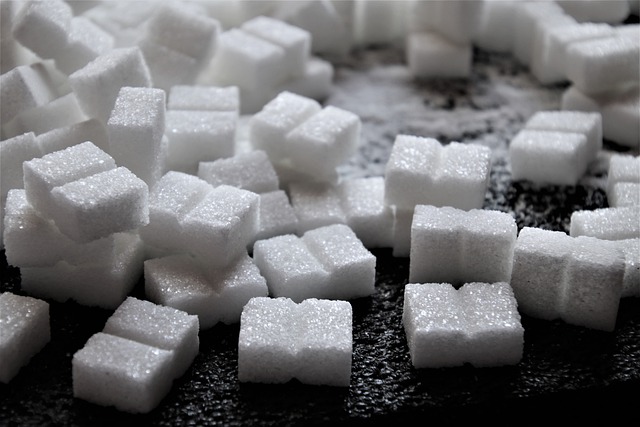 Sugars and Artificial Sweeteners
Sugars and Artificial Sweeteners
Artificial sweeteners are proven to stimulate your appetite, increase carbohydrate cravings, and promote fat storage and weight gain (Hari, 2013). As I’ve mentioned in my blog Sugar Pains? Sugar – One of our Biggest Enemies!, sugar hides in everything! I always look at the sugar content of every food I buy including milk, boxed items, frozen items, canned items, all my condiments, etc.
To avoid artificial sugars look at how much sugar is listed under the nutritional facts, then look for sugar in the ingredients list. If you can’t find the exact words “sugar” than it is likely artificial sugar. The most common artificial sugar to look out for is “high fructose corn syrup.” Also, labels that say “sugar free,” often contain artificial sweeteners. Nutritional labels will usually say if the sugar is natural or added sugar. So take note of that. Natural sugars is typically fruit. Having some natural fruit sugars isn’t a bad thing, unless you consume it in excess. An example of excess fruit would be drinking a glass of apple juice or orange juice. You are going to consume way more sugar than just eating an apple or orange. Read more on reducing your sugar in my blog: Guidelines & Steps to Reduce Sugar Intake.
INGREDIENTS
3. Vegetable Oils (Oils extracted from plants including safflower, cottonseed, soybean, corn, sunflower, sesame, canola, and rice bran)
This is a rather difficult one to avoid, as it is usually in most chips and many other packaged foods. Restaurants often use it. However, it is worth it to make an effort to avoid this item. You can avoid it completely in recipes, usually coconut oil will work as a substitute for baked items. Otherwise, you can use extra-virgin olive oil, ghee, grass-fed butter, or avocado oil. I’ve used practically all of these in my cooking. They are linked to autoimmune disease, heart disease, cognitive problems, diabetes, inflammation, and more. View more on the dangers here.
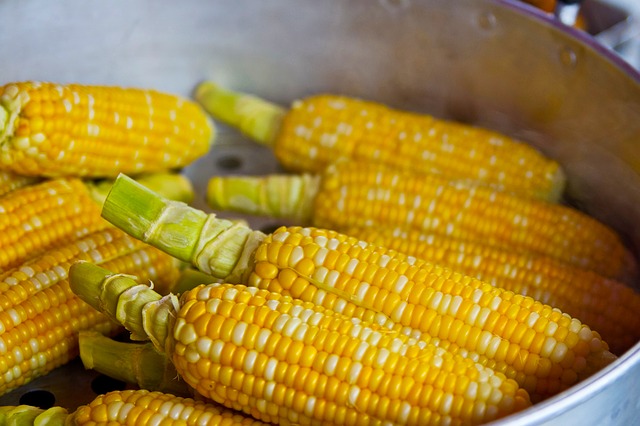 4. GMO’s (SOYBEAN/SOY AND CORN)
4. GMO’s (SOYBEAN/SOY AND CORN)
I have a whole blog on this: What Does Non-GMO Mean? Are GMOs Safe?, so check it out! Two of the most popular food items containing GMO’s are soy and corn (another reason to avoid vegetable oils). Whether they are organic or GMO-free, corn and soy are still not great for your body. So avoiding them completely is better. However, if you want corn on the cob, find some organic corn. It has become easier to avoid these foods due to “non-GMO” labels, or if the product is certified organic it won’t contain GMOs. You should also know, corn and soy are in a ton of foods!
Other Things to Avoid:
Margarine (Contains BHA & BTA)
MSG (Linked to reproductive problems, obesity, metabolic disorders)
Nitrates are also horrible for you, view more in my blog How to Choose Healthier Meats.
There are many more toxins, here is a list of some common one’s: 50 Jawdroppingly Toxic Food Ingredients & Artificial Additives to Avoid
In Conclusion,
This list is not comprehensive, as I mentioned above. I hope it helps you though with reading labels and knowing what you are purchasing.
ADDITIONAL TIP: Get the EWG App on your phone, you can scan products and it will tell you how healthy they are for you on a scale from 1 to 10.
You can see these products really do have an affect on your health. They can cause multiple chronic health issues. That’s why it is super important to eat real food.
Download this Free Guide:
Roadmap to Eating More Real Food & Reducing Sugar Consumption
View More Healthy Eating Blogs
- 8 Tips on How to Eat Less Packaged Food (Less Junk Food)
- Over 30+ Gluten and Dairy Free Breakfast Ideas (& Sugar-Free)
- 11 Superfoods for a Diet Higher in Nutrients
- 30 Clean Snacks and Desserts (Gluten-Free, Sugar-Free & Dairy-Free Options)
- How to Choose Healthier Dairy Products & Alternatives to Dairy
- The Truth About Milk – Why We Don’t Need it to Stay Healthy
- Guidelines & Steps to Reduce Sugar Intake
- Wild Caught vs Farm Raised Fish – What is the Difference? Which is Healthier?
- How to Choose Healthier Meats
- What Does Non-GMO Mean? Are GMOs Safe?
- How to Eat Real Foods & Why It Is Essential for Your Health
- When is Organic Really Worth it?
- Organic vs. Natural: What is the difference?
- Is White Flour Bad For You? Should We Be Eating Less Carbs?
- How the Sugar Industry Tricked us for 50 Years
- Sugar Pains? Sugar – One of our Biggest Enemies!
Resources:
Shea, Trisha. foodnerd/Four Incredibly Harmful Effects Artificial Dyes Have on Our Health. (2020, December 9). Retrieved from: https://www.foodnerdinc.com/blogs/food-for-thought/artificial-food-coloring-no-thank-you
Institute for Responsible Technology/Studies Showing Damage. Retrieved from: https://www.responsibletechnology.org/science-guide/health-risks/
Robbins, Ocean (2019, August 30). Food Revolution Network/11 Banned Food America Should Stop Eating. Retrieved from: https://foodrevolution.org/blog/banned-ingredients-in-other-countries/
NCBI/Food Additives, Contaminants, Carcinogens, and Mutagens. Retrieved from: https://www.ncbi.nlm.nih.gov/books/NBK216714/
Hari, Vani (2013, February 11). 100 DAYS OF REAL FOOD/Food Babe Investigates: How Food Companies Exploit Americans with Ingredients Banned in Other Countries. Retrieved from: https://www.100daysofrealfood.com/food-companies-exploit-americans-with-ingredients-banned-in-other-countries/
Soil Association/What is chlorinated chicken? Retrieved from: https://www.soilassociation.org/causes-campaigns/top-10-risks-from-a-uk-us-trade-deal/what-is-chlorinated-chicken/
Aktar, Md. Wasim. Sengupta,Dwaipayan. Chowdhury, Ashim. (2009, March 2). NCBI/Impact of pesticides use in agriculture: their benefits and hazards. Retrieved from: https://www.ncbi.nlm.nih.gov/pmc/articles/PMC2984095/
NJ.gov (New Jersey Department of Health and Senior Services)/Hazardous Substance Fact Sheet. Retrieved from: https://nj.gov/health/eoh/rtkweb/documents/fs/1559.pdf
I have a Wellness Coach Certificate, I'm an entrepreneur, an innovator, writer, and artist. My expertise includes over 7 years of marketing, research, and developing content for holistic health businesses. Plus, my own personal journey of becoming chronically sick: understanding what went wrong, and finding a way to heal and live a healthier life. I have a passion for wellness with a wealth of knowledge surrounding: wellness, flaws in healthcare, root causes for chronic illnesses, and alternative treatments.

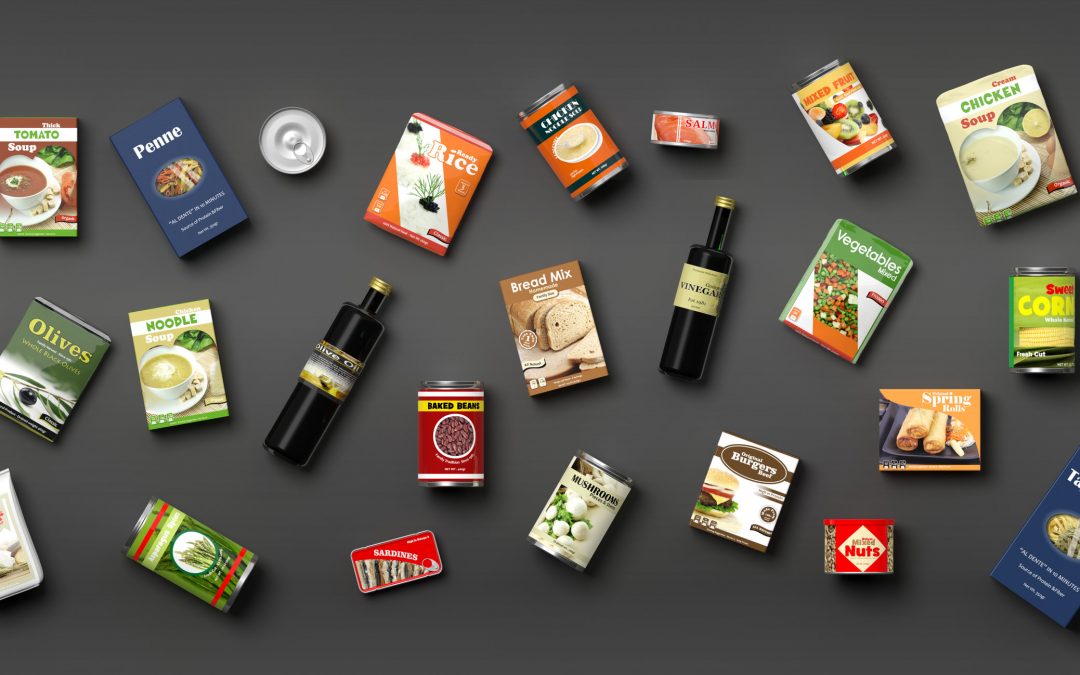
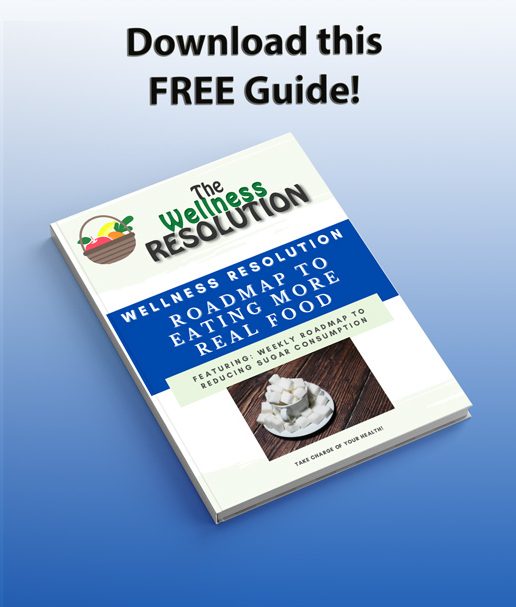

Great information Jena,
Thanks for sharing!
My husband and I try to eat as pure as possible. Lots of home cooking, but we make it a fun activity. When we do eat food that isn’t pure, we can feel it the next day.
Awesome! What do you do to make it fun?